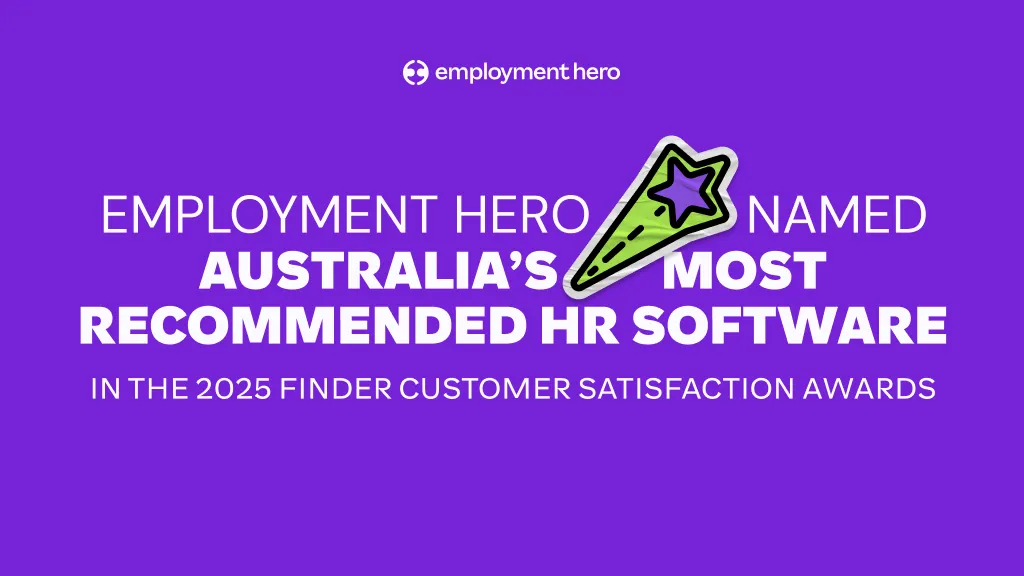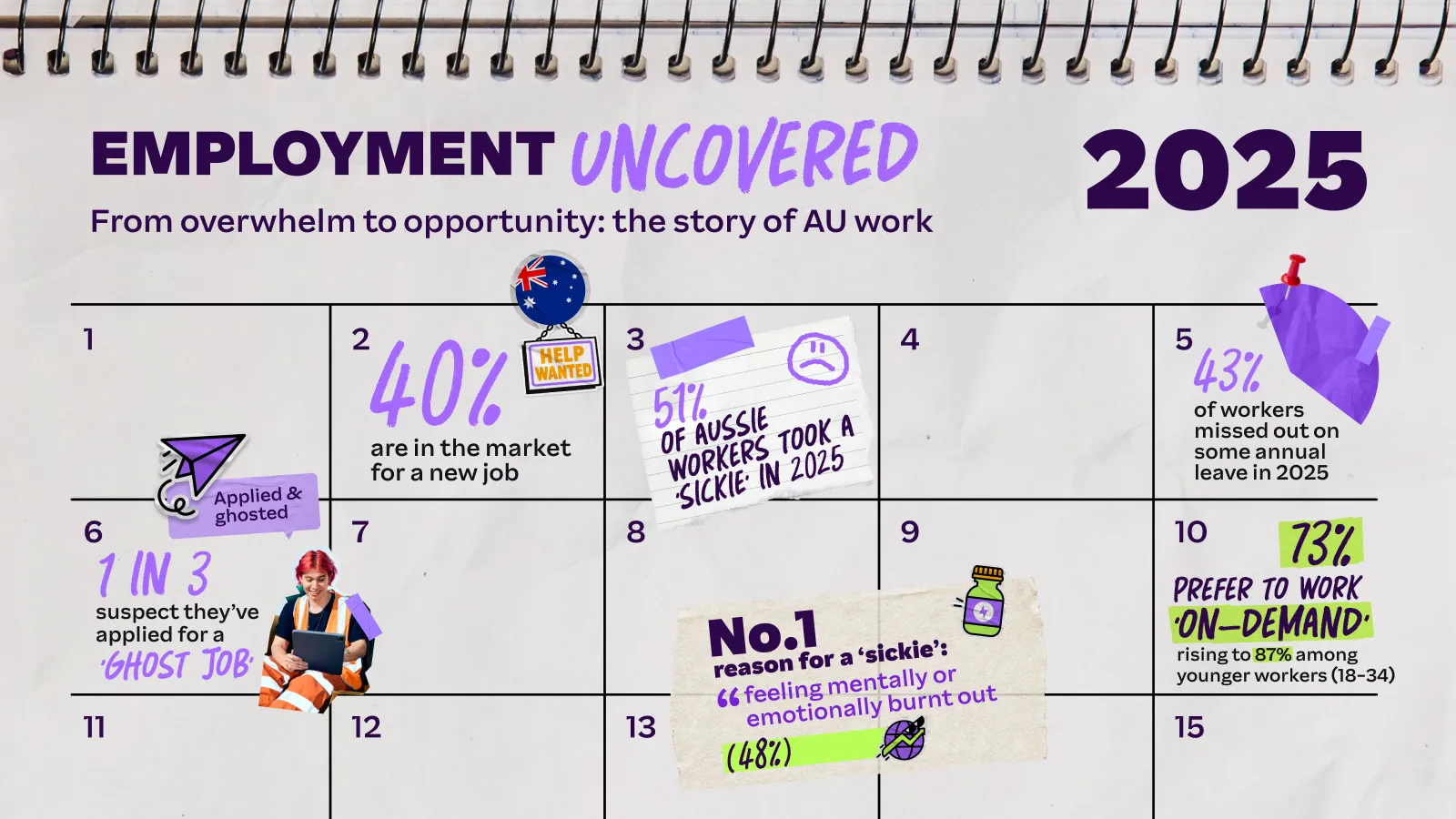Super Stapling Guide for Employers in Australia

Super stapling comes into effect from 1 November 2021, so it’s time for employers to get their ducks in a row. If you’re still scratching your head, here’s a super easy breakdown of what super stapling is, why it is necessary, and how it will impact the bookkeeping of your business.
What is super stapling?
Since 1 July 2021, employees starting a new job have had to advise their employer of which super fund they would like the employer to pay into. This is called ‘choice of fund’. Where a choice is not made by the employee, the employer could then ‘default’ the employee into the company-nominated fund (also known as the default fund).
From 1 November 2021, defaulting an employee into the company-nominated fund is no longer allowed without checking for an existing fund first.
If an employee does not nominate their super fund within their due date, the employer is now obligated to search for an existing ‘stapled’ super fund via the ATO. If an existing fund is found, the employer must use this fund for super payments.
If no fund is found, only then can the employer utilise a default fund or another fund that meets the choice of fund rules.
What is a stapled super fund?
A stapled super fund is an existing super account which is linked – or ‘stapled’ – to an individual employee. This record is maintained by the ATO and will follow employees as they change jobs.
Why do super funds need to be stapled to employees?
Previously, it may have been easier for employees to create new super funds each time they started with a new employer, resulting in multiple funds per employee (and therefore multiple fees per fund).
Even worse, multiple funds are difficult to keep track of, and as of March 2021, unclaimed superannuation totalled $13.8 billion. The changes aim to reduce the creation of multiple funds, ensuring employees receive their full superannuation when they retire. This reform, along with the upcoming Payday Super legislation, is part of a wider push for greater transparency and efficiency in the super system.”
Read more: Payroll scandals of underpayment in Australia
Super funds also have the opportunity to promote equality by embedding super within digital platforms, a strategy that can help close the gender gap in superannuation. To learn more about this approach, check out our article on Promoting Equality Through Embedded Super.
Managing new employees’ super funds
During the onboarding process, it’s important you take note of which super fund the employee has been nominated to use. If a new employee specifies which super fund they’d like to nominate as their preferred account, you are required to pay into this account.
Employees who wish to change to a different super fund have to actively nominate it and let their employer know via the Standard Choice Form.
If a new employee doesn’t specify which super fund they’d like to use, it is your responsibility to contact the ATO and find their ‘stapled’ fund from their previous employment. If they have a ‘stapled’ account, you must pay their super into this account.
Read more: Is it time to hire an accountant?
For employers looking to better understand how digital branding can enhance member engagement throughout the super fund lifecycle, our webinar on digital branding strategies is a must-watch.
What if a new employee doesn’t have a stapled super fund?
If the new employee does not have a ‘stapled’ account nor specifies which super account they’d like to use, you are permitted to set up an account for them with your organisation’s nominated superannuation fund.
What does this mean for Employment Hero customers?
Employment Hero Payroll supports stapling by ensuring all new employees choose their preferred fund during paperless onboarding. Choice of fund is a key step within Employment Hero’s onboarding flow, which therefore avoids automatic enrolment into the company-nominated super fund.
Still undecided on the best payroll solution for your business? We compare Employment Hero Payroll and Xero Payroll to help you make the right choice. Read our detailed comparison here: Employment Hero Payroll vs Xero Payroll: What’s best for your business?
Instructions for employers without Employment Hero
Make sure you have created a business account with the ATO prior to 1 November 2021. When a new employee starts but doesn’t provide an existing fund for super payments, first check that they are eligible for super payments. If they are eligible but have not made a super fund choice, request their stapled super fund details from the ATO.
Follow these steps for eligible employees:
- Log into ATO online services.
- Enter your employee’s details, including their TFN, full name (including ‘other given names’ if known) and date of birth. If you don’t have their TFN, you will need to provide their address instead (residential or postal).
- The online system will use rules based on the regulations to work out and return a stapled super fund in response to a request.
Want to learn more about super stapling? Watch our Business Masterclass: Super Stapling Explained below:
Looking for more resources? Here are a few great resources by our team:
- Guide to paying employees correctly
- In-house payroll vs outsourcing payroll
- Payroll tax for interstate employees in Australia
- Common payroll FAQs answered
- Important updates to annualised salary changes
- Buying gifts for employees and fringe benefits tax
Disclaimer: The information in this article is relevant as at 19 October 2021, and has been prepared by Employment Hero Pty Ltd ABN (11 160 047 709) (Employment Hero). The views expressed herein are general information only and are provided in good faith to assist employers and their employees. The Information is based on data supplied by third parties. While such data is believed to be accurate, it has not been independently verified and no warranties are given that it is complete, accurate, up to date or fit for the purpose for which it is required. Employment Hero does not accept responsibility for any inaccuracy in such data and is not liable for any loss or damages arising either directly or indirectly as a result of reliance on, use of or inability to use any information provided in this article.
Related Resources
-
 Read more: Employment Hero Named Australia’s Most Recommended in 2025 Finder Awards
Read more: Employment Hero Named Australia’s Most Recommended in 2025 Finder AwardsEmployment Hero Named Australia’s Most Recommended in 2025 Finder Awards
Employment Hero was voted the most trusted and recommended HR software in the 2025 Finder awards from more than 60,000…
-
 Read more: Employment Uncovered 2025: The Story of Australian Work
Read more: Employment Uncovered 2025: The Story of Australian WorkEmployment Uncovered 2025: The Story of Australian Work
Inside the story of Australian work in 2025. From rising ‘sickies’ to hiring fatigue, see how workforce patterns are shifting.…
-
 Read more: PEO vs. EOR: A guide to global hiring
Read more: PEO vs. EOR: A guide to global hiringPEO vs. EOR: A guide to global hiring
Learn the key differences between a PEO and an EOR. Discover why an EOR is the smarter, safer way to…
























